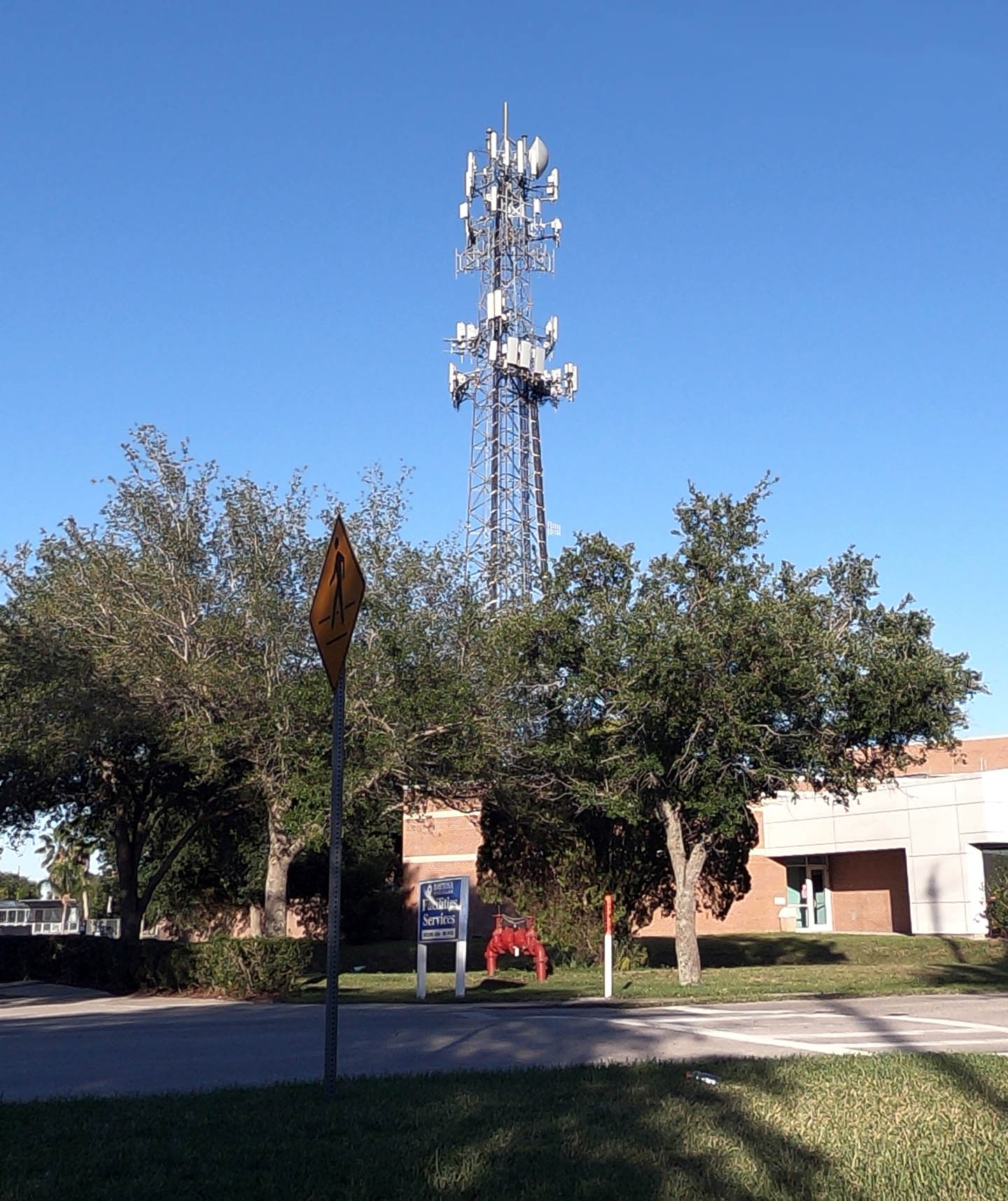If you've ever wandered through a town you might have noticed tiny mini 5G cell towers on street light poles. They appear like tiny boxes however they're actually sending wireless signals from cellular providers to your phone.
The smaller ones are being replaced by larger, purpose-built cell towers. Although they're not as visible, they still can cause issues for users.
A FCC's Radiation Exposure Thresholds
The FCC's Radiation Exposure Thresholds determine the maximum amount of time a person can be exposed to electromagnetic radiation from wireless devices. The limits for exposure are based on research which show that the energy of RF can be harmful to human health.
The rate of absorption called the specific absorption rate (SAR) is a measure of the radiofrequency energy that is absorption by tissues. It's typically 1.6 milliwatts per kilogram spread over a gram of tissue.
However, because 5g transmits at higher frequencies this could be able to cause greater energy intensity on the skin and other directly-exposed body parts. This could lead to many possible harms, like the appearance of skin conditions such as dermatitis and skin cancer and cataracts.
Due to the potential for harmful effects of radiation from 5G, PSU has chosen to set a general localized limits on power density, which is 4mW/cm2 measured over 1 cm2, and not to exceed 30 minutes, for all 5G services running at 3000 GHz. This localized limit is consistent with the maximum SAR that is spatially averaged at 1.6 W/kg, which is averaged over 1 5 grams of body tissue, at 6 GHz.
what is a safe distance from a 5g cell tower for Maximum Exposure
If you've ever used a mobile phone, you're probably aware that a safe location from the tower should be at least 400 meters away. This is because the power of the transmission of a cell tower increases dramatically the further away the tower is.
Although this may sound like an ideal idea, the reality is that those living close to towers might be more prone to health issues. For instance, a 2014 study in India found that residents who lived within 50m of cell towers had significantly more health complaints than those living further distance from them.

However, this study also revealed that those who relocated to areas further away from cell towers experienced their symptoms improve within a few days. Another study has revealed that exposure to high amounts of electromagnetic field radiofrequency (EMFs) can lead to brain tumors, cancers, and other health problems.
This is due to the fact that radiofrequency radiation, used in wireless communications, may be absorbed by the body's outer layer of skin. This is important to understand because the skin acts as a shield against injuries caused by mechanical forces, infections caused by pathogenic microorganisms and entry of toxic substances. The skin is the most important organ in the human body. It is accountable for protecting other organs.
The FCC's Minimum Exposure Thresholds for the Minimum Exposure
The FCC's Minimum Exposure Thresholds are based on a variety of assumptions that aren't supported by scientific research. what is a safe distance from a cell tower include the false belief that exposures of a short duration to RF radiation are safe because of the minimal penetration into the body (i.e. the heating of tissues).
The assumption also ignores the more extensive penetration of ELF components of modulated RF signals as well as the effects on the body of short bursts generated by RF waves that are pulsed. These theories are not compatible with the current understanding of biological effects of RF radiation. As such they shouldn't be used for health protective exposure standards.
Furthermore, the ICNIRP and FCC are limiting their radiation limits for local peak SARs, based on the peak spatial specific absorption rate (psSAR) that is not a sufficient dosimetric tool to determine the degree of exposure to RF radiation. Particularly, psSAR is safe distance from cell tower for frequencies above 6 GHz. Additionally, psSAR hasn't been tested for RF radiation that is exposed to other agents of the environment such like sunlight. Interactions of RF radiation and other environmental agents could produce synergistic or antagonistic impacts. This can lead to an increased risk of negative health consequences. For example, co-exposure to RF radiation along with exposure to sunlight can raise the chance of developing skin cancer, and may also exacerbate other skin disorders, such as acne.
